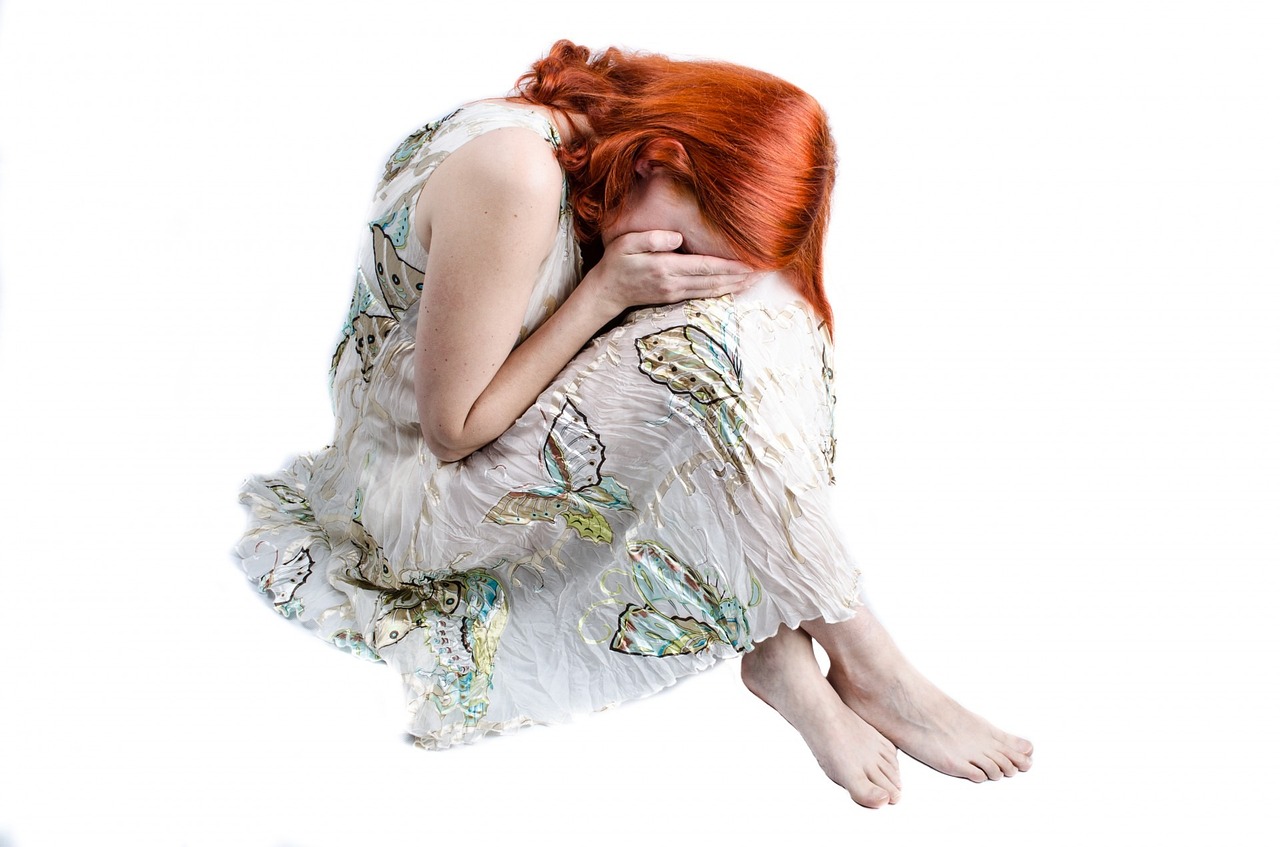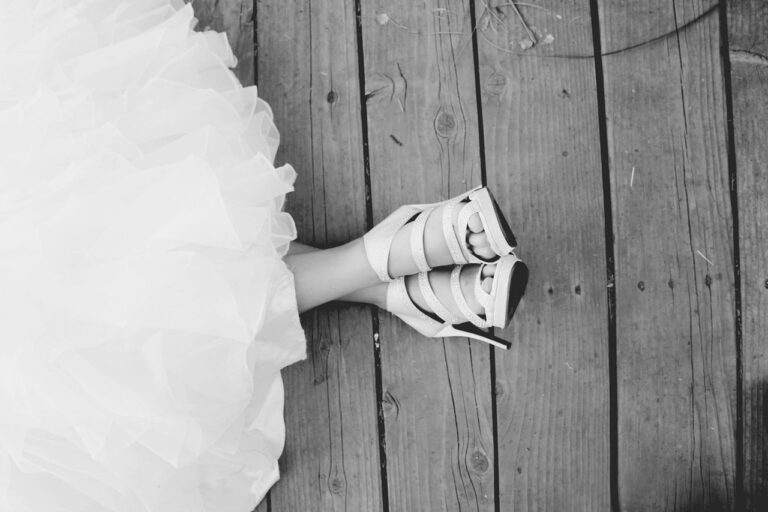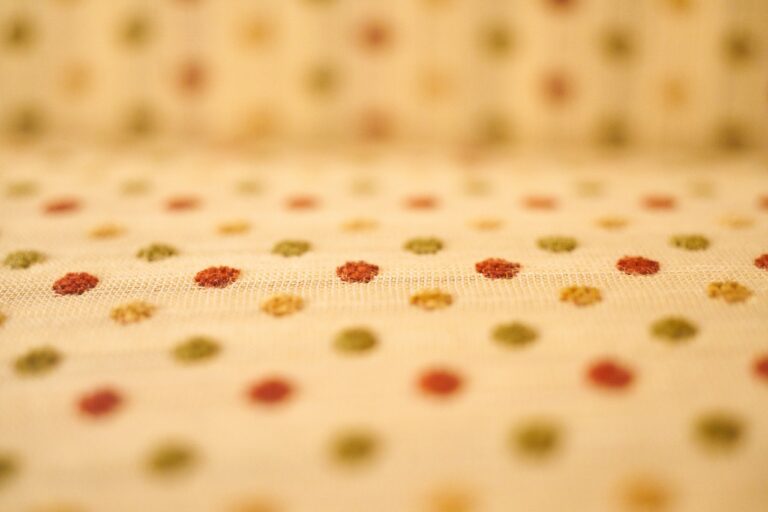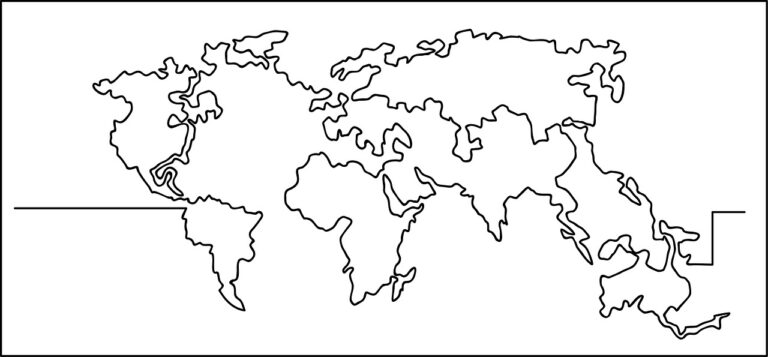Textile Innovations for Sustainable Accessories: Diamond exchange sign up, Sky99exch com login, Reddy book club
diamond exchange sign up, sky99exch com login, reddy book club: In today’s fast-paced world, sustainability has become a key focus in the fashion industry. As consumers become more conscious of the environmental impact of their purchases, the demand for sustainable accessories has been on the rise. Textile innovations are playing a crucial role in the development of sustainable accessories, offering new and exciting ways to create stylish and eco-friendly products.
Sustainable materials such as organic cotton, hemp, and bamboo are becoming increasingly popular in the production of accessories. These materials are biodegradable, renewable, and require fewer chemicals and water to produce, making them a more environmentally friendly choice. Additionally, innovations in the recycling and upcycling of textiles are providing new ways to reduce waste and create unique accessories.
Blending traditional craftsmanship with modern technology, designers are experimenting with innovative techniques such as 3D printing, laser cutting, and digital weaving to create sustainable accessories. These techniques not only reduce waste but also allow for more customization and creativity in the design process.
Designers are also exploring natural dyes and pigments made from plants, minerals, and other sustainable sources to color their accessories. By moving away from toxic synthetic dyes, they are reducing the environmental impact of the production process and creating a more eco-friendly product.
Furthermore, the concept of “circular fashion” is gaining traction in the industry, encouraging brands to rethink their approach to production and consumption. By designing accessories with longevity and durability in mind, as well as offering repair and recycling services, brands can extend the lifecycle of their products and reduce waste.
Overall, textile innovations are revolutionizing the way sustainable accessories are created, offering new possibilities for designers and consumers alike. By embracing these innovations, we can all play a part in creating a more sustainable and ethical fashion industry.
—
**FAQs**
**Q: Are sustainable accessories more expensive than traditional accessories?**
A: While some sustainable accessories may have a higher upfront cost due to the use of eco-friendly materials and production techniques, they often offer better quality and longevity, making them a worthwhile investment in the long run.
**Q: How can I tell if an accessory is truly sustainable?**
A: Look for certifications such as the Global Organic Textile Standard (GOTS) or the Better Cotton Initiative (BCI) to ensure that the accessory meets certain sustainability standards. Additionally, research the brand’s practices and values to ensure they align with your own sustainability goals.
**Q: Can I recycle my old accessories to make them more sustainable?**
A: Yes, many brands offer recycling programs for old accessories, allowing you to give new life to your items and reduce waste. Additionally, you can upcycle old accessories into new pieces or donate them to charity to extend their lifecycle.







